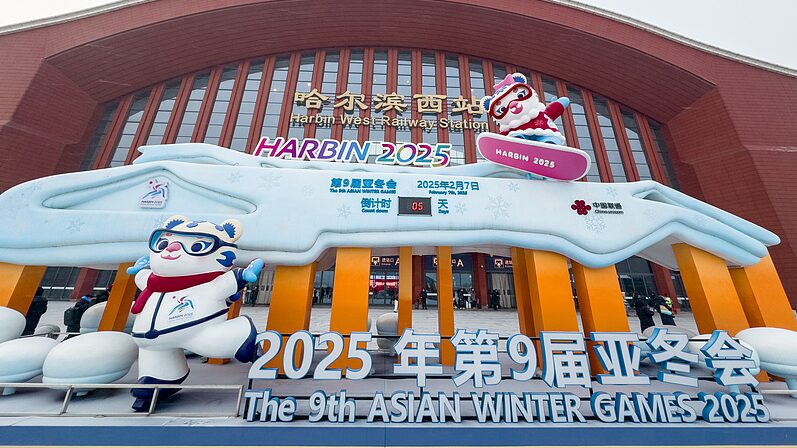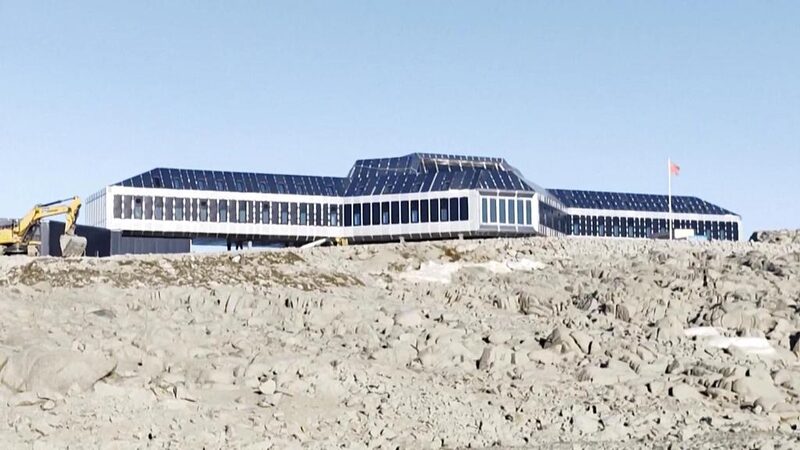Festive Frenzy: Spring Festival Ignites China's Economy
Stocking up on Lunar New Year goods, visiting loved ones, indulging in reunion feasts, and attending vibrant temple fairs—the Spring Festival, China's most cherished traditional celebration, is not only a time for family reunions but has also become a major driver of consumption.
This year, with the Chinese government designating New Year's Eve as a statutory holiday, the Spring Festival holiday has been extended to eight days, creating even more opportunities for businesses to thrive.
Extended Holiday Fuels Tourism Boom
The eight-day holiday has sparked a surge in tourism enthusiasm. According to the Ministry of Transport, this year's Spring Festival travel rush is expected to set new records in total trips. Over the 40-day period, cross-regional travel is projected to reach 9 billion trips.
During this Spring Festival, many people in China are opting for both family reunions and travel. \"The longer holiday gives me the flexibility to both visit family and take a trip,\" said Fang Ying from Lanzhou City, Gansu Province, who plans to reunite with her family before heading to Japan for skiing.
Businesses across the country are gearing up to meet the increased demand. Retailers stock their shelves with festive products, restaurants prepare lavish reunion dinners, and travel agencies offer special holiday packages. The extended holiday not only boosts domestic consumption but also stimulates international tourism, as more Chinese travelers venture abroad.
Economic Stimulus Through Tradition
The Spring Festival has long been a cornerstone of Chinese culture, and its economic impact continues to grow. From purchasing gifts and decorations to spending on entertainment and travel, the festival period sees a significant uptick in consumer spending.
\"The Spring Festival is a golden opportunity for businesses,\" said Li Wei, an economist from Beijing. \"The extended holiday amplifies this effect, contributing positively to the economy.\"
As the festivities commence, the combination of traditional celebrations and modern consumer activities showcases the dynamic interplay between culture and commerce in China.
Reference(s):
cgtn.com




